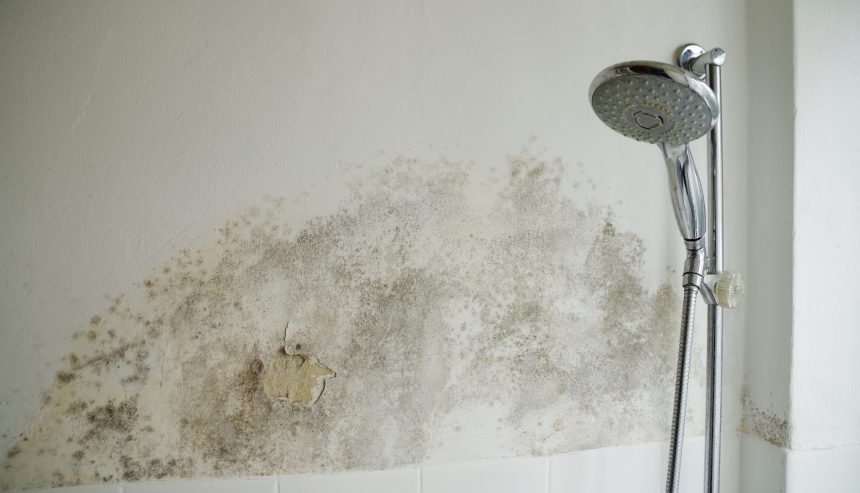Ways to Fix a Water-Damaged Wall in the Bathroom
Ways to Fix a Water-Damaged Wall in the Bathroom
Blog Article
Do you find yourself trying to find critical information around Common Causes of Water Damage in a Bathroom?

The restroom is very prone for wet accumulation and prospective water damage because of the frequent use of water in it. This post supplies simple inspection methods to aid detecting water damage hazards.
The regular use water in the washroom makes it extremely vulnerable for moist build-up as well as possible water damages. By inspecting it routinely, you can minimize water relevant problems.
The adhering to collection of inspections is very easy to execute and also should be done once in every three months in order to keep your shower room healthy as well as to stop possible water problems brought on by the bathtub, the shower, pipe joints and plumbing, sinks, cabinets, and the toilet
Do not overlook carrying out these evaluations as well as be extensive while doing them. Bear in mind that these easy evaluations can save you a lot of cash by giving very early signs for water damages
Bath tub as well as Shower
The shower as well as tub need special attention and maintenance. Examine the floor tiles and also change if broken. Ensure that there is no missing grout in between the floor tiles. Evaluate as well as replace broken caulking at joints where the walls meet the flooring or the bath tub. Blocked drains and pipelines troubles will certainly avoid the bathtub from drying as well as may show significant issues beneath the bath tub. Seek advice from an expert right away to prevent architectural damages. Take note of discolorations or soft locations around the tub walls as they may show an interior leak.
Plumbing
Signs for water damages are difficult to spot since the majority of pipes are installed inside the wall surfaces.
Pay special attention to floor covering and wall surfaces moisture and also spots as they may show an undetectable plumbing problem. Examine wetness levels in adjacent rooms too.
Sinks as well as Cabinets
Sinks and cupboards are exposed to wetness and moisture daily and also are typically forgotten. Check regularly under the sink and also on the counter top above it. Repair any kind of drip in the trap as it might suggest drain troubles. Take a look around the sink, slow-moving draining pipes might indicate a blocked drain. Change sink seals if they are broken or loosened.
The Toilet
The commode is a vulnerable water junction. Examine the water lines and look for leaks around the bathroom seat, in the tube, as well as under the water container. If you spot any kind of signs of wetness on the flooring around the bathroom, look for leaks in the toilet rim and also tank seals.
Be aware that hanging toilet bowl antiperspirants increases the possibilities for obstructions.
Water Damage Signs In The Bathroom To Avoid Cleanup
Musty smell
This is one of the easiest signs to catch because musty smells are so odorous. The damp, earthy, moldy smell should be a big red flag. The smell will develop when moisture gets trapped in surfaces, and begins to facilitate mold growth. Leaking pipes under cabinets, inside walls, and behind shower fixtures will cause moisture to stay trapped and not dry, which will lead to mold growth and spread. As soon as you notice any musty smells in your bathroom, have it checked for hidden water damage and cleanup signs.
Visible mold
If the smell isn’t there to give it away, sometimes you will actually see mold growth. Finding mold in your bathroom is a serious problem, because mold is very harmful to your health. By the time mold growth is visible, it also means that water damage has already occurred and been present for some time. The only way the mold problem can be resolved is to find the source of the moisture and get it stopped. To safely and adequately remove mold, you need to have professionals handle the remediation. Do not waste any time in getting mold problems addressed, fixed, and sanitized so that you can protect you and your family from the many respiratory symptoms caused by mold exposure.
Damaged floors
Bathroom floors should be able to withstand some exposure to water while still remaining in good condition. However, when excess exposure or water leaks occur, they will begin to damage even the most water-resistant flooring. If you notice any cracking, bubbling, staining, or warping on your bathroom floors, there is probably a water leak somewhere causing the distortion. If you notice areas of the floor have become softer, or even have a spongy feeling, there is probably damage to the subfloor. Subflooring is typically made up of plywood. When plywood is exposed to water or moisture, it will absorb it. Once it has become saturated, the weight of the excess water will cause the wood to swell and soften. Check the floors in your bathroom frequently to catch any of these sings before they lead to damaged subflooring.
Changes on walls
When water leaks behind walls, it will cause changes in the drywall. Peeling plaster, blistering paint, and soggy wallpaper are all good indicators that excess water is building up behind the wall. Water leaking behind drywall will cause it to swell and be soft to the tough. If you start to notice gaps along the trim of your walls, or where tile meets the wall, it could also be a strong indicator that there is a leak behind the wall. Any changes, distortion, or damage on the walls should be evaluated as soon as you notice it to prevent further water damage and cleanup.

As a devoted person who reads about How to Prevent Bathroom Water Damage, I figured sharing that piece of content was beneficial. Sharing is caring. Helping others is fun. Thank-you for going through it.
Article Report this page